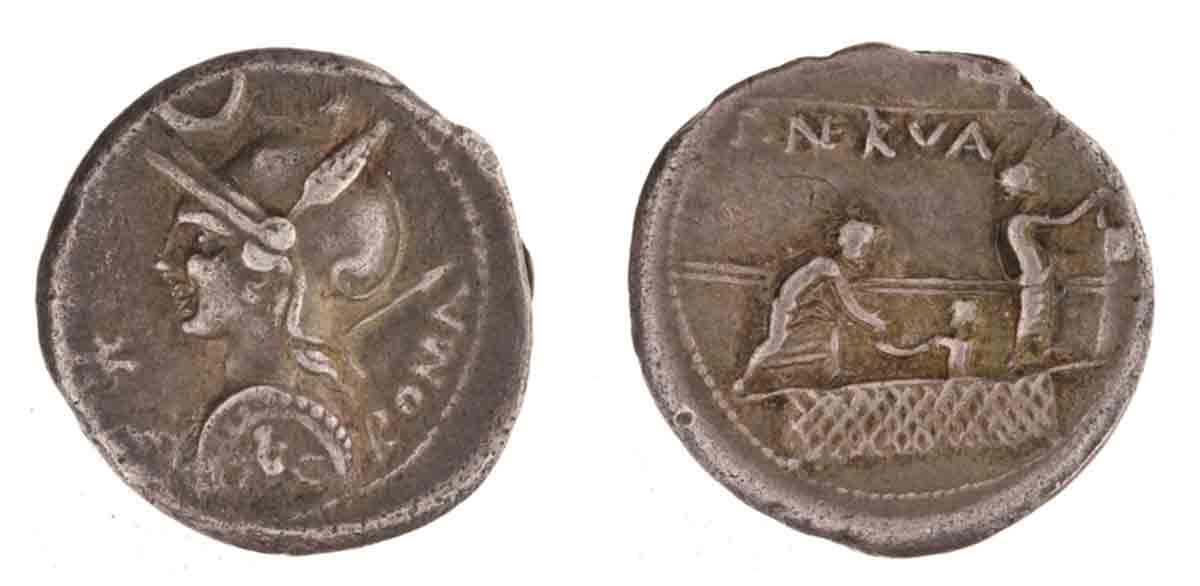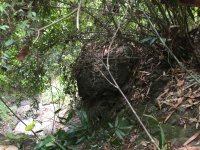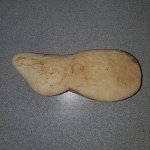- Feb 2, 2013
- 1,428
- 2,001
- Detector(s) used
- Many
- Primary Interest:
- All Treasure Hunting
Discusion about coin, not politics.... A seemingly unremarkable silver denarius minted over 2,000 years ago holds key insights into Rome’s political struggles, leading up to Caesar’s assassination and the eventual fall of the Roman Republic.
Discover how Ancient Rome battled voter intimidation in this illuminating piece by David B. Hollander for The Conversation.

 www.ancient-origins.net
www.ancient-origins.net
Discover how Ancient Rome battled voter intimidation in this illuminating piece by David B. Hollander for The Conversation.

Coin Reveals Ancient Rome’s Fight Against Voter Intimidation
David B. Hollander/The ConversationThis silver denarius, minted over 2,000 years ago, is hardly the most attractive Roman coin.







